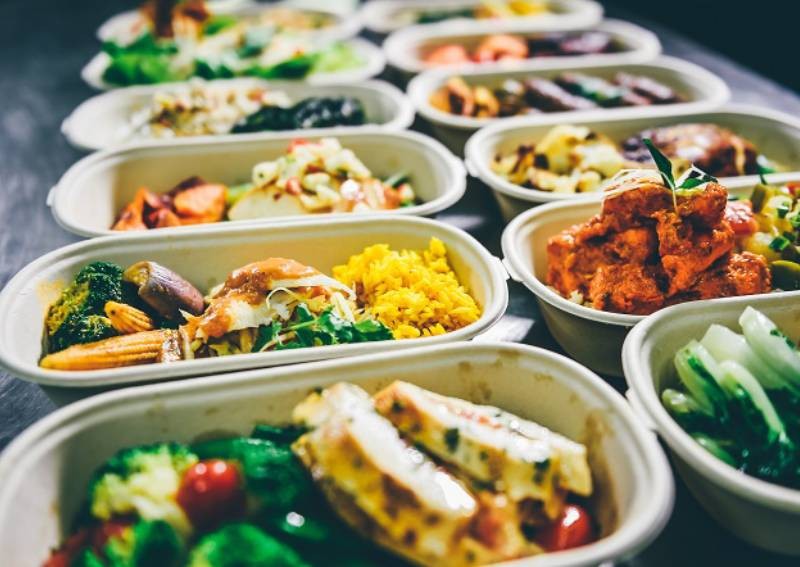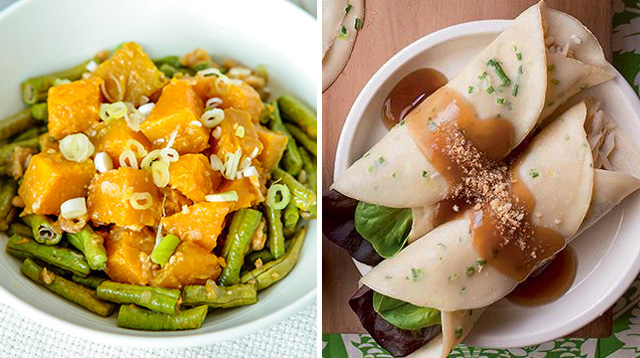

Limited food options in the outdoors can be a significant challenge to those seeking nutritious and enjoyable experiences. Whether it’s backpacking, camping, or simply a picnic in the park, the limited space and resources necessitate creative approaches to meal preparation. This article will explore strategies to plan meals that meet nutritional needs while minimizing weight and complexity. We’ll delve into the challenges and present solutions for those seeking to maximize nutrition and minimize effort during outdoor adventures. The structure will cover a range of topics, from choosing the right foods to understanding various cooking methods, and culminating in practical tips for planning and executing perfect outdoor meals.
Planning for Limited Resources
Understanding the Challenges
Planning nutritious meals in the outdoors presents unique challenges compared to home cooking. The primary limitations often involve space, weight, and the availability of cooking facilities. Furthermore, proper food storage to avoid spoilage and unpleasant surprises is essential. Packing too many ingredients can quickly lead to a heavy load, impacting your overall enjoyment. The right planning will ensure that you have everything needed in the necessary amounts. Consider factors like the duration of your trip, the environment you’ll be in, and any dietary restrictions or preferences within your group.
Selecting the Right Foods
Lightweight and Versatile Options
The key to success in limited outdoor environments is selecting lightweight, versatile foods. Dried fruits, nuts, and seeds are excellent sources of energy, while dehydrated vegetables and proteins offer significant nutritional benefits without a significant weight increase. Consider using pre-portioned meals, which can dramatically reduce the number of individual items required, and improve your efficiency.
Minimizing Perishables
Minimizing the use of perishable items is also crucial. Pre-cooked meals or meals that require minimal cooking are excellent choices. This significantly reduces the risk of food spoilage and contamination, both significant problems in limited outdoor environments. If you’re preparing meals on the go, consider using methods like stovetop cooking, to save time and prevent issues.
Efficient Cooking Methods
Simple Cooking Techniques
Outdoor cooking often demands simplicity and efficiency. Learn how to use lightweight stoves and cooking equipment, as well as methods requiring minimal preparation time. Utilizing portable and compact utensils can minimize additional weight and improve your cooking efficiency. Incorporate camping-friendly techniques like stir-fries or one-pot meals to maximize the efficiency of your cooking.
Food Storage and Preservation
Food safety is paramount in outdoor environments. Proper storage is essential to maintain the quality and prevent spoilage. Waterproof storage containers and bags are key to preventing contamination. Consider using these to keep your supplies safe and organized.
Creating a Meal Kit
Meal Preparation Strategies
To streamline meal planning, develop a comprehensive outdoor meal kit. Plan several pre-portioned meals that can be pre-packed and simply reheated. This will streamline the process and improve your satisfaction. Consider nutritional needs, the activities planned, and the specific challenges of the environment. The key is to balance your nutritional goals with your logistical requirements.
Packing Tips and Tricks
Packing food properly is crucial for the success of your outdoor meal kit. Waterproof containers, coolers, and bags are critical for safe and efficient storage. Proper organization will ensure you can locate all necessary items swiftly and easily. Packing appropriate utensils and servingware will greatly improve the enjoyment of your meals.
Adapting to Dietary Needs
Including Diverse Options
It’s crucial to accommodate dietary restrictions and preferences for a positive experience. Ensure all individuals in your group are properly supported and prepared. Pre-portioned meals can be tailored to diverse needs, and special items can be packed accordingly.
Handling Dietary Restrictions
Adapting recipes to accommodate dietary needs is straightforward with planning. If you have any dietary restrictions or preferences, communicate them to the others on the trip. Using online resources or specialized meal planning apps can be instrumental to meet the needs of everyone involved.
Incorporating Variety
Beyond the Basics
To ensure nutritional balance, try to incorporate a variety of food groups in your meal planning. Mix vegetables, proteins, carbohydrates, and healthy fats in each meal to offer comprehensive nutrition.
Prioritizing Taste and Enjoyment
Embracing Flavor
Despite the practicalities of limited food options, don’t sacrifice taste and enjoyment! Utilize natural flavors, herbs, and spices to enhance your meals and make them more enjoyable.
Staying Hydrated
The Importance of Hydration
Staying hydrated is crucial for both physical and cognitive function during outdoor activities. Carry sufficient water or hydration packs and plan hydration strategies throughout the day.
Using Technology to Improve Planning
Digital Tools and Resources
Many apps can assist with packing lists, meal planning, and more for outdoor trips. Utilizing technology for food planning can be extremely helpful in organizing, packing, and meal prep. Consider using mobile apps to ensure you stay organized and aware of the nutritional value you’re receiving, and to minimize the workload when cooking on the go.
Frequently Asked Questions
What are some common mistakes people make when planning meals for outdoor trips?
Planning meals for outdoor trips can be challenging, but common mistakes often involve overlooking the limitations of outdoor cooking and storage conditions. For example, some people overpack, assuming they need a vast array of ingredients. Others underpack and don’t anticipate the specific needs of an outdoor environment. Another frequent mistake is to underestimate the impact of limited storage space and the necessity for lightweight, easy-to-prepare foods. Finally, neglecting to account for different dietary needs or preferences within the group can lead to dissatisfaction. By carefully considering these potential pitfalls, you’ll be well-equipped to plan successful, nutritious meals. Prioritize light, versatile foods that can be prepared efficiently, and ensure all dietary needs are addressed.
In conclusion, planning nutritious and easy meals for outdoor adventures requires careful consideration of limited food options. By understanding the challenges and utilizing practical strategies, including packing lightweight and versatile foods, leveraging pre-portioned meals, and incorporating cooking methods that reduce the need for extensive equipment, you can enjoy enjoyable and healthy outdoor experiences without sacrificing nutrition. Now, it’s time to turn this knowledge into action! Check out our comprehensive guide to packing the perfect outdoor meal kit. We’ll equip you with practical tips and recipes to get you started.